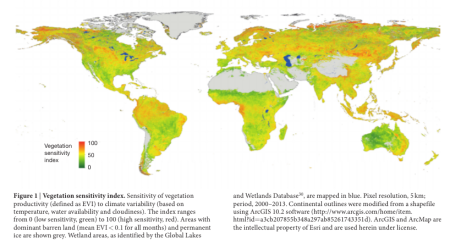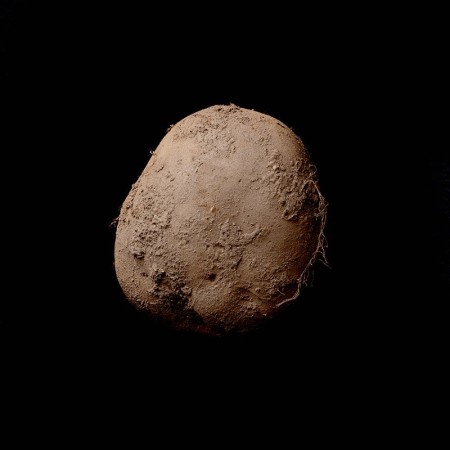Giant multinational seed companies are the spawn of the devil. All farmers really need is the freedom to exchange seeds among themselves and all will be well.
Right?
Actually, the world is a little more complex than that, although you would be hard pressed to discover that. No more excuses. The Access to Seeds Index has just launched its latest large report which you can get from the new and revamped website. So, what’s it all about?
The Access to Seeds Index measures and compares the efforts of the world’s leading seed companies to enhance the productivity of smallholder farmers. By matching the expectations of stakeholders in and around the seed industry with company performance, it helps to clarify the role that the seed industry can play and brings transparency to the contribution of individual companies.
And the report makes for interesting reading. For a start, although the giant multinational seed companies say that they’re committed to sustainable intensification and seeds for smallholder farmers, “the majority of these commitments lack tangible targets, limiting accountability”.
There are bright spots too. In East Africa, the Index notes, “regional companies play a vital role in providing access to seeds. They do so by addressing issues largely ignored by global peers such as breeding for local crops, addressing needs of women farmers and reaching remote villages.”
Of particular interest to us, three of the four focus areas by which the Index scores companies relate directly to agricultural biodiversity: conservation and use of crop and genetic diversity, access to genetic resources and intellectual property rights. The picture is slightly more nuanced than you might expect, but rather than attempt to distill pithy take-aways from the complexity of the report, I’ll just suggest you head over to the website — the East Africa Index is a good place to start — and dig around. The presentation of the data is almost as interesting as the data.

